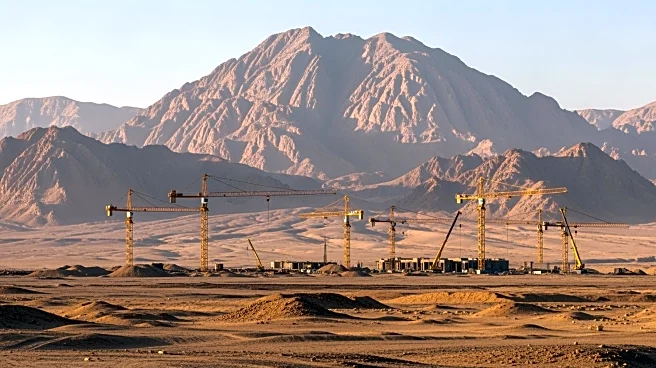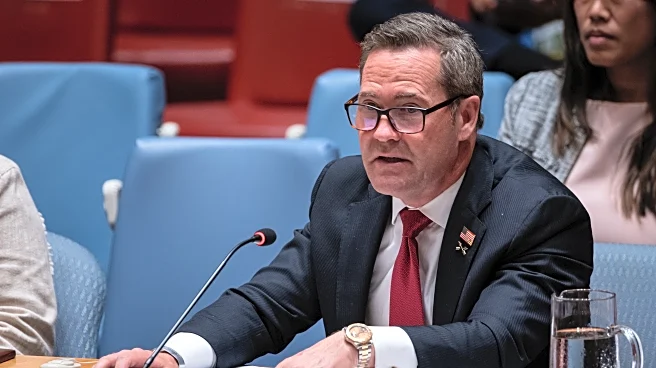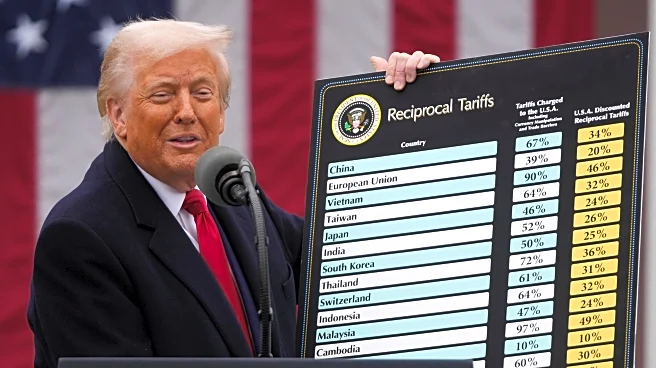What's Happening?
The Egyptian government is advancing a luxury tourism project at Mount Sinai, a site sacred to Christians, Jews, and Muslims. The development includes hotels, villas, a visitor center, shopping complex,
cable car, and airport expansion. Critics warn that the project risks 'disfiguring' the spiritual landscape, likening it to the overbuilt resort town of Sharm el-Sheikh. The Jebeleya Bedouin community, traditional guardians of the area, have been displaced, with homes and cemeteries demolished for new construction. The Greek Orthodox Church, which manages St Catherine's Monastery, disapproves of the plans, and UNESCO has raised concerns about the lack of environmental impact assessments.
Why It's Important?
The Mount Sinai development highlights significant issues regarding cultural preservation and indigenous rights. The project's impact on the Jebeleya Bedouins raises concerns about human rights and environmental degradation. Critics argue that the commercialization of the site threatens its historical and spiritual integrity, potentially transforming it into a resort town similar to Sharm el-Sheikh. The situation poses challenges to UNESCO's efforts to protect World Heritage Sites and underscores the ethical dilemmas faced by governments balancing tourism revenue with cultural preservation.
What's Next?
Despite opposition, the Egyptian government plans to continue the development, aiming to attract millions of visitors. UNESCO has expressed concerns about the lack of environmental impact assessments and the potential threats to the site's heritage. International pressure may increase as organizations and activists call for more comprehensive evaluations of the project's impact on the region's cultural and environmental value.
Beyond the Headlines
The Mount Sinai development reflects broader tensions between economic development and cultural preservation. The project's framing as a 'gift to the world' contrasts with the experiences of the local Bedouin community, who face displacement and loss of cultural heritage. This situation highlights the ethical challenges faced by governments and private corporations in managing sacred landscapes and the long-term impact on the region's cultural heritage.













